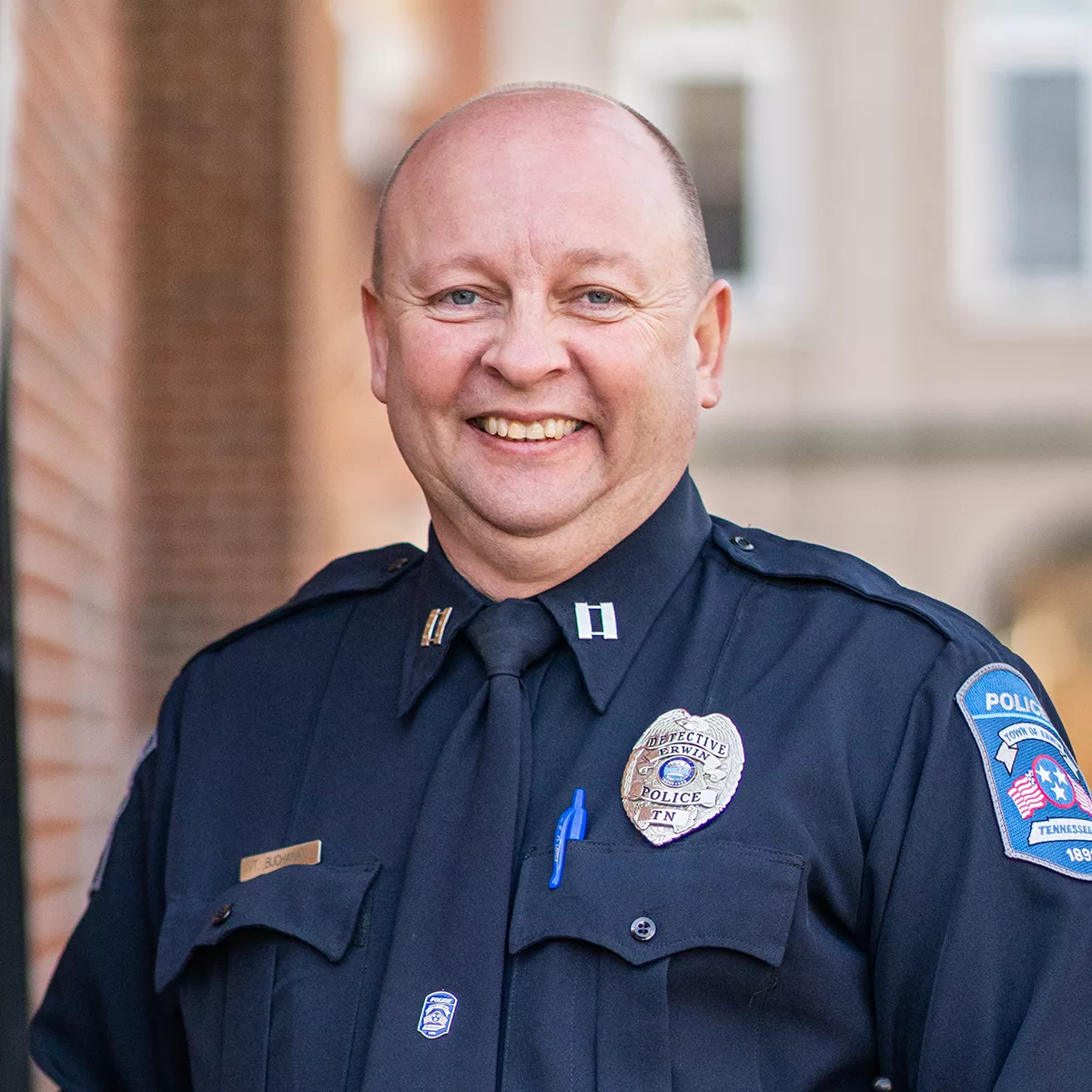Visit Vale Health Marketplace?
You are leaving balladhealth.org to visit Vale Health’s Wellness Marketplace.
Disclaimer: Ballad Health does not sponsor, endorse or recommend any product or resource listed in the marketplace.
An atrial septal defect (ASD) is a heart defect some babies are born with. An ASD is an abnormal opening in the dividing wall between the two upper filling chambers of the heart (the atria). The size and specific location of the opening can vary widely with the larger ones associated with more potential complications than the smallest ones.
During fetal development, the heart forms from a large tube, dividing into sections that will eventually become its walls to create four separate chambers. When the heart forms normally, the two right sided chambers are completely separated from the left sided ones by thin walls of tissue. After birth, the right side accepts blood that is low in oxygen from the body and delivers it to the lungs to receive oxygen. The oxygen rich blood then returns to the left sided chambers which then pump blood (and thus oxygen) to the body.
Early in life and typically for many years into adulthood, someone with an ASD has flow of oxygenated blood from the left side of the heart that mixes with oxygen-poor blood on the right side. This extra blood flow from left to right increases the total amount of blood that flows toward the lungs. Most ASDs are either too small to cause significant problems while others are diagnosed and treated successfully with few or no problems.
However, larger ASDs that are undiagnosed and left untreated for long periods of time can lead to serious complications. Most of these are related to the extra blood that travels to the lungs which after many years lead to increased pressure inside the lung arteries. This can then lead not only to weakening of the heart muscle to cause heart failure but also leads to flow of oxygen-poor blood traveling to the left side and out to the body which can lead to severe symptoms and potential organ damage and increased risk of death.
In a normal, healthy heart, blood flows from the left atrium into the left ventricle, then on to the aorta. But a hole in the septum (ASD) also allows blood flow directly from the left atrium into the right atrium. The symptoms caused by an ASD depend on its size and its location. Most kids who have ASDs seem healthy and appear to have no symptoms. Most grow and gain weight normally. Children with larger, more severe ASDs, though, might have some of these signs or symptoms:
An ASD that isn’t treated in childhood can lead to health problems later, including an abnormal heart rhythm (an atrial arrhythmia) and problems in how well the heart pumps blood. As kids with ASDs get older, they also might be at an increased risk for stroke because a blood clot could form, pass through the hole in the septum and travel to the brain. Pulmonary hypertension (high blood pressure in the lungs) also may develop over time in older patients with larger untreated ASDs. Because of these possible complications, doctors usually recommend closing ASDs early in childhood.
Children with ASDs are born with the defect and result from abnormal fetal development of the heart. Therefore, an ASD is a type of congenital heart defect.
Most ASDs have no clear cause. It’s also not clear why ASDs are more common in girls than in boys. In some cases, the tendency to develop an ASD might be inherited (genetic). Genetic syndromes can cause extra or missing pieces of chromosomes that can be associated with ASD.
Important clues to the presence of an ASD can start with the physical exam. The increased blood flow to the lungs can create a soft swishing sound, known as a heart murmur. The murmur, along with other specific heart sounds and EKG findings, can be the first tip-off to a doctor that a child has an ASD.
If an ASD is suspected after initial evaluation, a doctor may refer a child to a pediatric cardiologist, a doctor who specializes in diagnosing and treating heart disease in kids and teens. The cardiologist might order one or more of these tests:
Treatment of an ASD will depend on a person’s age and the size, location and severity of the defect. Very small ASDs might not need any treatment. In other cases, the cardiologist may recommend follow-up visits for observation. The type and timing of treatment depend on many important factors. Your cardiologist will review these in detail during his evaluation and management of the condition.
To avoid open heart surgery, many ASDs can be treated with cardiac catheterization. In this procedure, a thin, flexible tube (a catheter) is inserted into a blood vessel in the leg that leads to the heart. The cardiologist guides the tube into the heart to make measurements of blood flow, pressure and oxygen levels in the heart chambers. A special implant is positioned into the hole and is designed to flatten against the septum on both sides to close and permanently seal the ASD.
In the beginning, the natural pressure in the heart holds the device in place. Over time, the normal tissue of the heart grows over the implant and covers it entirely. This nonsurgical technique leaves no chest scar, has a shorter recovery time than heart surgery and usually needs just an overnight stay in the hospital.
There’s a small risk of blood clots forming on the closure device while new tissue heals over it, so patients take a low dose of aspirin for 6 months after this procedure. Over time, the normal tissue of the heart grows over the device and the aspirin is no longer necessary. After catheterization, patients should take it easy for a few days before returning to full activities.
Sometimes, when the ASD is very large or located in unusual places within the heart, a device cannot be safely used and heart surgery is needed to close the defect. This will require general anesthesia. The surgeon will either stitch the hole in the atrial septum directly or sew a patch of manmade surgical material (such as Gore-Tex) over it. Eventually, the tissue of the heart heals over the patch or stitches, making the area smooth and nearly normal in appearance.
Patients usually can leave the hospital 3 to 4 days after surgery, if there are no problems. The first few days at home, patients should relax in bed or on the couch doing quiet activities such as reading, sleeping and watching TV. Your doctor will let you know when you can go back to school. It takes about 6 weeks for a chest incision to heal. If there are no other problems and the cardiologist say it’s OK, you should be fully recovered and able to return to normal activities.
Heart surgery does leave a permanent scar on the chest. It will be sore at first, so the doctor might prescribe a pain reliever, or recommend acetaminophen or ibuprofen. You might feel numbness, itchiness, tightness or burning around the cut.
For 6 months following catheterization or surgical closure of an ASD, antibiotics are recommended before routine dental work or surgical procedures to prevent infective endocarditis (an infection inside the heart, usually involving one of the heart valves). When the heart tissue has healed over the closed ASD, most patients no longer need to worry about the risk of infective endocarditis. Your doctor will discuss other possible risks and complications with you before the procedure. After their ASD is closed and they’ve had plenty of time to heal, most patients have no further symptoms or problems.
In the weeks after surgery or cardiac catheterization, the cardiologist will check on your progress. You might have another echocardiogram to make sure that the heart defect has closed completely. Most patients recover from treatment quickly and will just need regular follow-up visits with their cardiologist.
However, some signs and symptoms might indicate a problem. If you are having trouble breathing, call the doctor or go to the emergency department immediately. Also call the doctor if you experience any of these symptoms:
Being diagnosed with a heart condition can be scary. But the good news is that your cardiologist will be very familiar with ASDs and how best to manage the condition. Most patients who have had an ASD corrected go on to live healthy, active lives. The care team is there to support you and your child. Be sure to ask when you have questions.
Our extensive network of highly trained cardiologists, surgeons and advanced practice providers are here to support you and help you navigate a heart-related diagnosis.
Learn more about heart and vascular services at Ballad Health.
We understand that receiving an atrial septal defect diagnosis can be overwhelming. Our goal is to alleviate your fears and help you to understand your condition.
We have an informational video library, education tools and heart-related FAQs so that you have the resources you need.




Our patients inspire us every day, and we’re honored when they trust us with their care. They tell their stories best, so we’ve gathered a few here to share with you.
Many of these patients received life-saving care for heart conditions when they weren’t experiencing any symptoms. These experiences have changed they way they look at their individual care and helped them see the importance of regular preventive screenings.